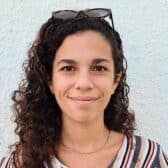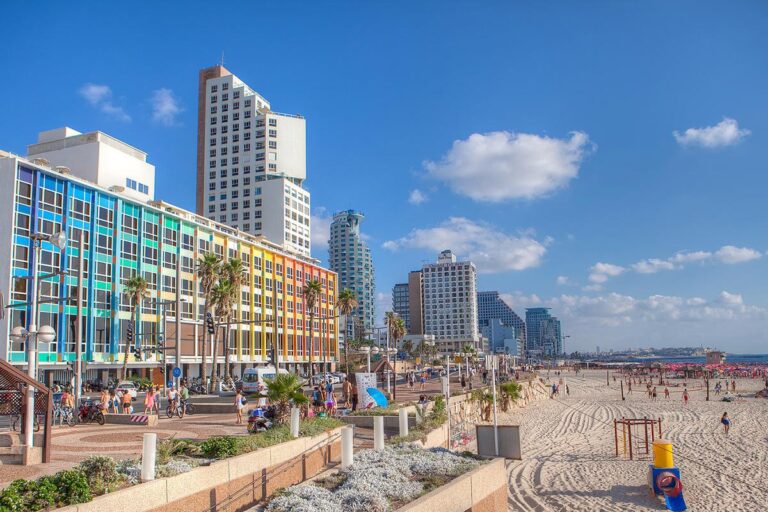
When you hear the words “Tel Aviv,” you might immediately think of parties, beaches, nightlife or coffee shops — but how well do you really know this vibrant city?
Israel’s “White City” (named for the fact that most buildings in the area are white) has a rich history that is about so much more than parties.
I live in Israel, having made aliyah from Brazil 14 years ago. While studying sociology at Ben-Gurion University, I had the opportunity to dive deep into Tel Aviv’s fascinating origins.
In fact, there are at least three different narratives about how Tel Aviv was created — and each one sheds light on different aspects of the city that can still be felt today. The next time you visit Tel Aviv, I hope these stories help you explore the city with a new perspective.
Origin story #1: Building Yafo’s Jewish neighborhood
Although many people call the city “Tel Aviv,” its official name is actually Tel Aviv-Yafo, referring to its two separate areas. Yafo is an ancient city, dating back to more than 3,000 years ago. Tel Aviv, on the other hand, is a young Hebrew city built by Zionists in the 20th century.
Before Tel Aviv-Yafo existed, there was only a port city known as Yafo. In the mid-19th century, during the Ottoman period, Yafo became a renowned city in the region, known for producing citrus fruits.
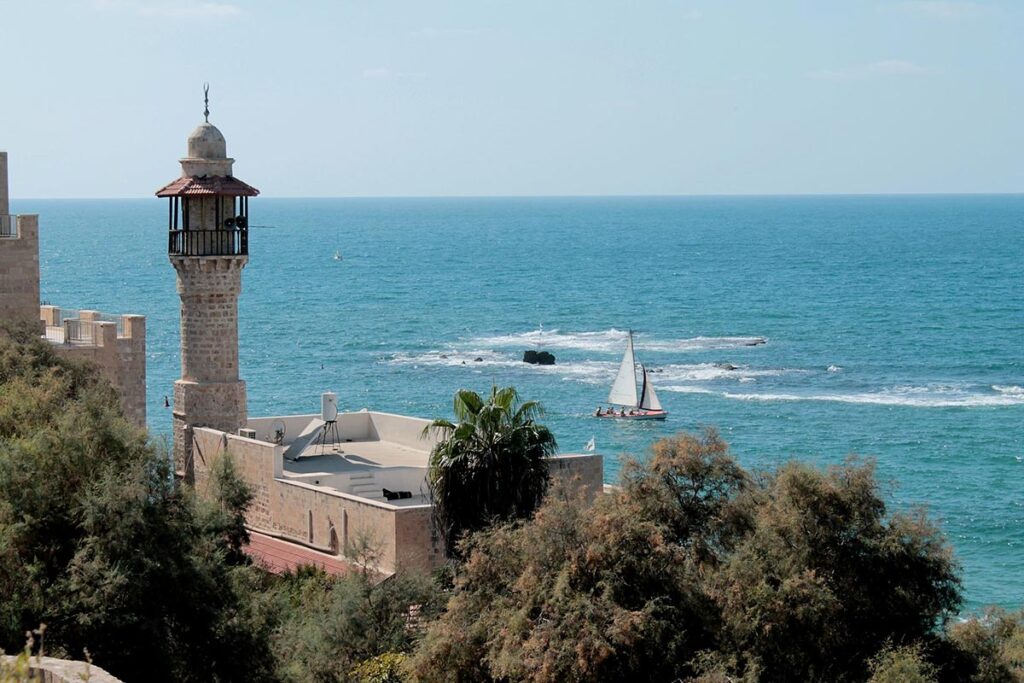
At that time, most of its residents were Muslims, but Jews and Christians also lived there. As the citrus industry grew, the city and the number of its inhabitants grew at a dizzying pace, which created a lack of housing.
Toward the end of the 19th century, Yafo’s wealthiest Jews conceived a solution for the high demand for housing and the city’s poor living conditions: to build Jewish residential neighborhoods outside of it.
They purchased land outside Yafo’s walls, divided it into lots and sold them to Zionist pioneers who were immigrating to Ottoman Palestine during the Second Aliyah.
The first of these neighborhoods, Neve Tzedek, was built in 1887. (Today, it is one of the most beautiful places to visit in the city because of its narrow streets, village-like atmosphere and cultural life.)
A few years later, in 1906, the idea gained momentum when Zionist pioneer Akiva Weiss initiated a project to build a new and modern Hebrew city, alongside Yafo. This eventually became Tel Aviv, and Akiva Weiss is known today as the city’s “first founder.”
Initially, many of the Zionist pioneers heavily criticized the idea. They opposed the establishment of an urban bourgeois neighborhood that wasn’t based on values such as agricultural work and socialism.
But other Zionist activists pushed back on this. They argued that the kibbutzim and moshavim (rural Hebrew villages) across the land needed a Hebrew city.
It would centralize commerce and the industrial sector, they pointed out, allowing Jews to become economically independent instead of relying on the help and mercy of non-Jews.
Eventually, the pro-urban Zionists won out, and Tel Aviv was established on April 11, 1909. Yafo and Tel Aviv were two separate cities until the end of Israel’s War of Independence. In 1949, the two cities became one and received the name “Tel Aviv-Yafo.”
Origin story #2: A visionary family builds a city
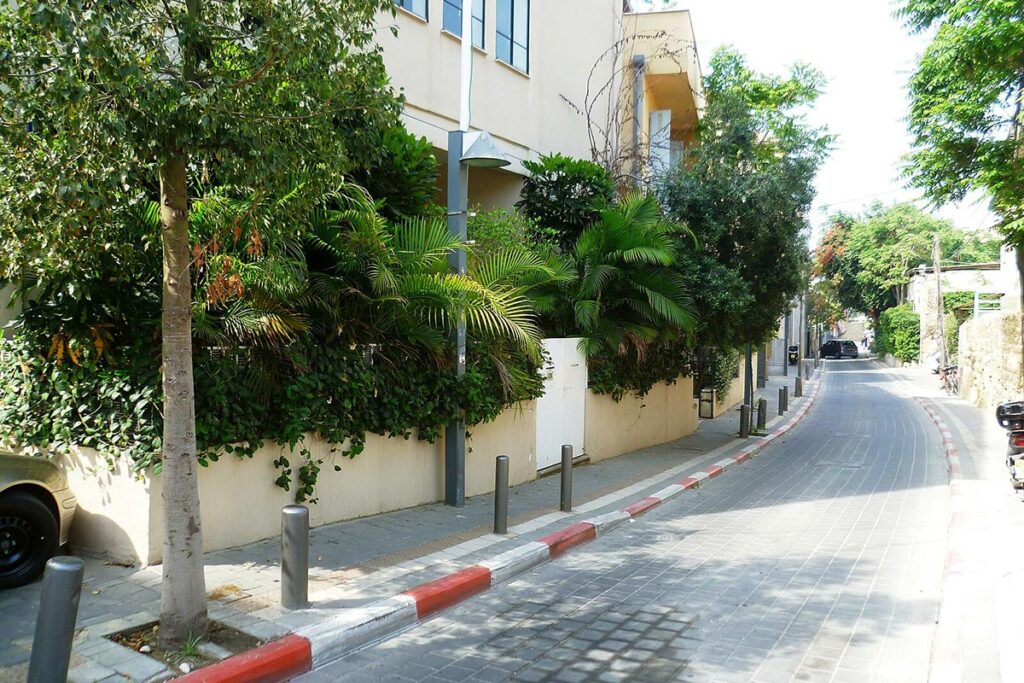
Among the Zionist pioneers who built the Hebrew city, one man, in particular, stood out: Aharon Chelouche, an Algerian Jew who arrived in Israel with his family in 1840.
The family’s journey to Palestine was difficult and tragic. On the way to the land of Israel from North Africa, a fierce storm erupted and their ship was engulfed by very choppy waves.
Near the port, the Celouches and a few other families were taken down in boats to land. However, on the way, one of them overturned and two of Aharon’s brothers, Yosef and Eliyahu, drowned.
Despite the devastating loss, the Chelouche family managed to settle in Yafo and engage in trade. Aharon worked as a money changer and a goldsmith and eventually married Sarah Baruch, whose grandfather was the mukhtar, or head, of the Jewish settlement of Nablus at the time.
The couple’s financial situation was excellent, and they invested their funds in purchasing land to establish new Jewish neighborhoods surrounding Yafo.
“People thought he was crazy,” Tomer Celouches, Aharon’s great-great-great-grandson and a Neve Tzedek tour guide, told the Jerusalem Post. “There was nothing there, just sand.”
It was Aharon’s vision that led to the establishment of Neve Tzedek, where he and his family moved in 1892, Neve Shalom, Ohel Moshe and the Aharon neighborhood, which was later named the Yemeni Vineyard (Kerem HaTemanim).
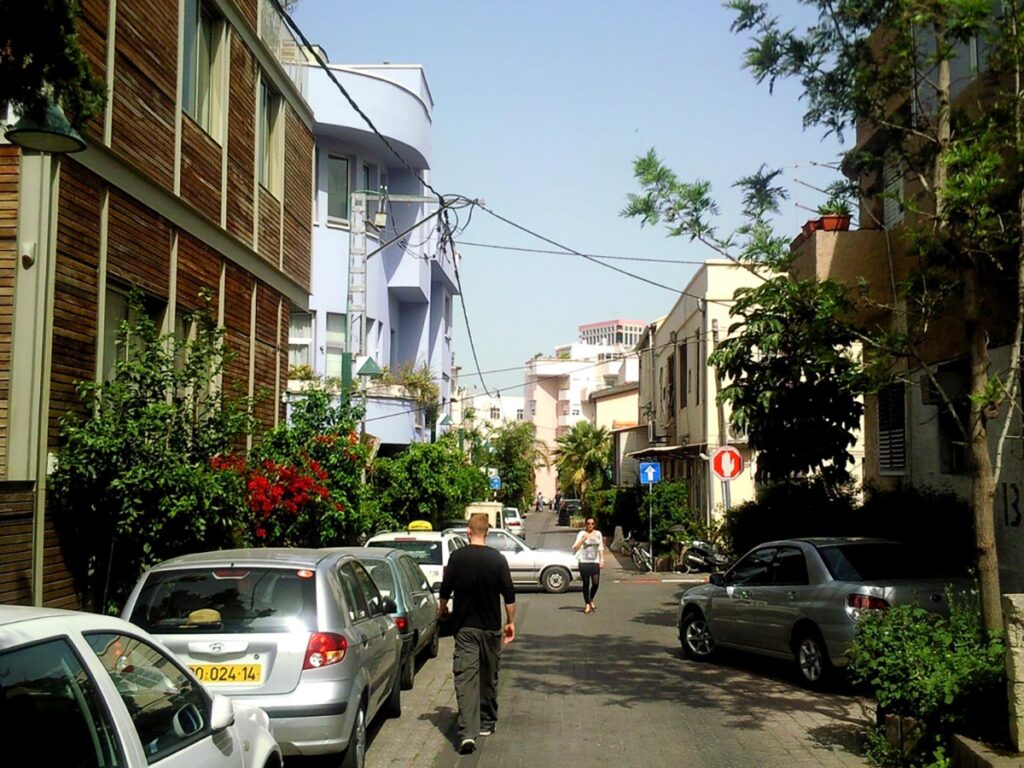
After starting the construction process, Aharon began selling some of the land he had purchased to other Jews, propelling forward his dream of creating a Jewish area around Yafo.
He and his sons also established a factory, named “The Chelouche Brothers,” which produced construction materials for the newly established neighborhoods, which would eventually become Tel Aviv.
Aharon and Sarah had seven children, and today, their family numbers about 450 people, most of whom live in Israel. Today, Aharon Chelouche is best known as the founder of Neve Tzedek.
Origin story #3: From eclectic- to Bauhaus-style architecture
Tel Aviv is known as the “White City” because of its abundance of Bauhaus-style buildings, built between 1920 and 1940. Most of them are located in the city center, which was designated a UNESCO World Heritage Site in 2003.
However, prior to becoming a center of Bauhaus architecture, the first buildings in Tel Aviv were built in an eclectic style. It was not until Alexander Baerwald immigrated to the city in the 1920s that the overall aesthetic of Tel Aviv began to change.
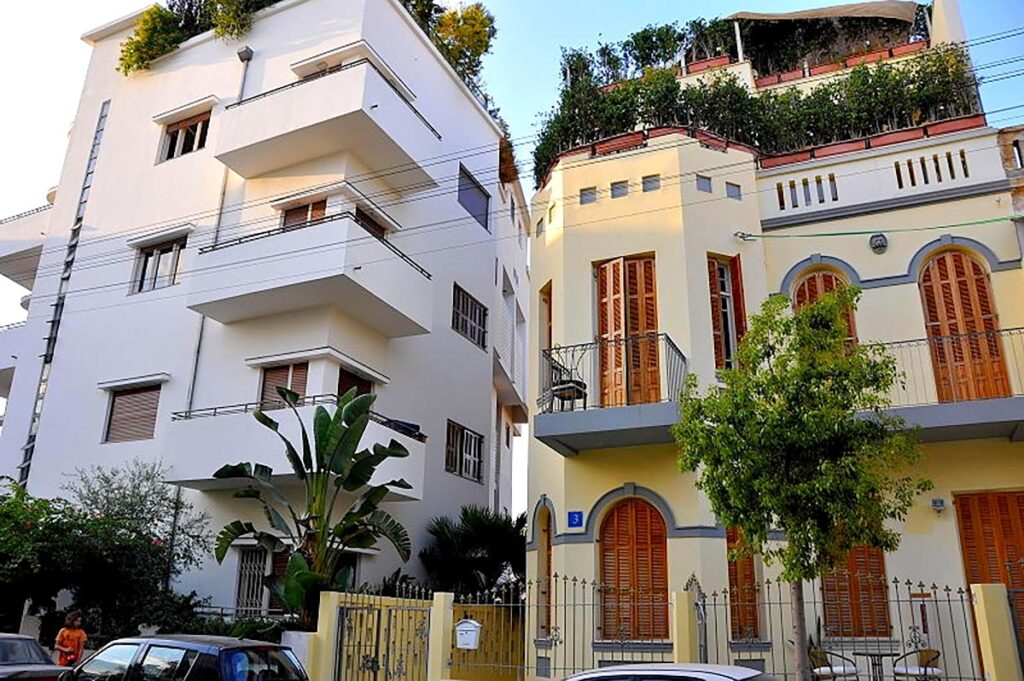
Here’s what happened. After the new Jewish neighborhood was built and Tel Aviv was established, World War I made life very difficult for the Jews in these neighborhoods.
Jamal Faha, an Ottoman statesman and soldier who fought against the Zionist movement, ordered the expulsion of the Jewish residents of Yafo and Tel Aviv from the area.
They returned to their homes only after the British received their mandate over the land of Israel, following the end of World War I in 1918.
That’s when the city began to grow at a very high speed under the influence of diverse architectural styles, including classical (Greek, Roman, Renaissance, and Baroque), Far Eastern, Art Deco, Near East, Spanish-Moorish (Alhambra), Art Nouveau and ancient Middle Eastern.
The wave of immigrants that began to arrive in this period (known as the Fourth Aliyah) brought this architectural blend, AKA “the eclectic style,” with them. Most of these immigrants were Jews from Poland who became the primary economic force of the Yishuv (Jewish residents of the land of Israel) during the 1920s.
The next time you visit Tel Aviv, make sure to check out these six eclectic buildings:
- Beit Pagoda, 19 Nahmani St.
- Beit Osishkin, 52 HaYarkon St.
- Alma Hotel, 23 Yavne St.
- Nordoy Boutique Hotel, 27 Nachalat Binyamin St.
- Ginossar Hotel, 118 Allenby Street, corner of 32 Rothschild Blvd.
- Beit Levin (nowadays the Russian Embassy), 46 Rothschild Blvd.
- Berlin-Pasovsky House, 7 Mazeh St.
Then, in the mid-1920s, the Bauhaus style began to permeate Tel Aviv with the arrival of German-Jewish architect and painter Alexander Baerwald, one of the world’s most prominent architects at the time. Baerwald immigrated to Israel and brought the German architectural style with him.
His Bauhaus buildings, with their boxy style and white color, became widespread in the city during the 1930s, eventually earning it the nickname “White City.”
Originally Published Apr 25, 2023 07:31PM EDT


